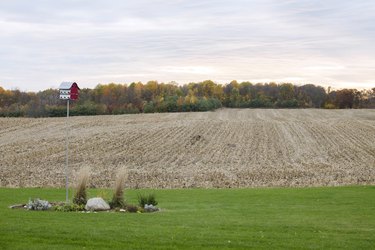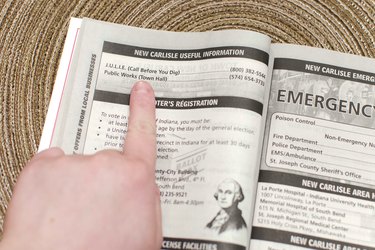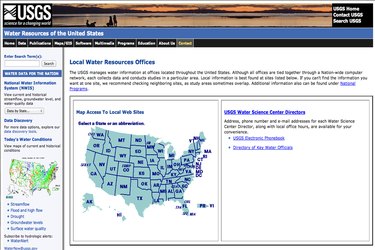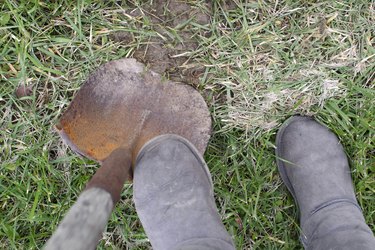
Whenever it rains, water drains through the soil until it reaches the point in the earth that is saturated with water, and moves no further. The depth of your water table largely depends on the material that the earth underneath you is composed of and the amount of precipitation available. If you are lucky enough to have a water table that is deeper than 100 feet underground, you can pump out the water and drink it without purifying it.
Step 1

Call your local County Extension Office. It may have statistics for the average annual water table level in your area. This is especially helpful if you want data that spans months or years.
Video of the Day
Step 2

Look online. Check out the website for your local Water Resources Office. The U.S. Geological Survey department has offices all over the United States that monitor current water table levels. Some sites even feature water table levels that are updated several times a day.
Step 3

Dig. This is the most reliable way to find the water table level on your land. However, depending on the area in which you live, your water table level may be several hundred feet below the surface. So unless you plan to dig a well, digging is inadvisable. As for where to dig, water table levels are relatively uniform in a given area. However, contact your Local County Extension office before digging. There may be restrictions against it in your area.
Video of the Day